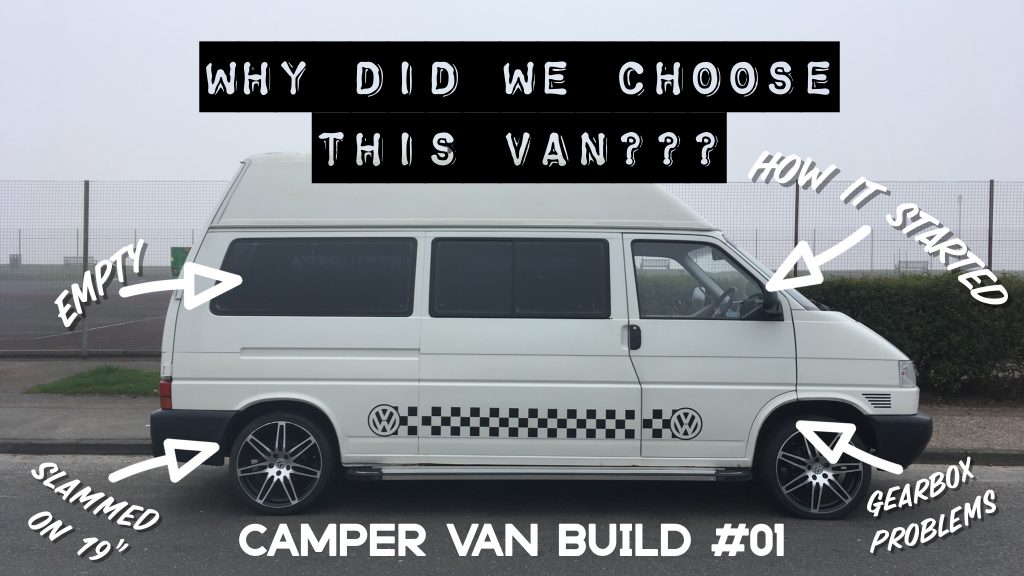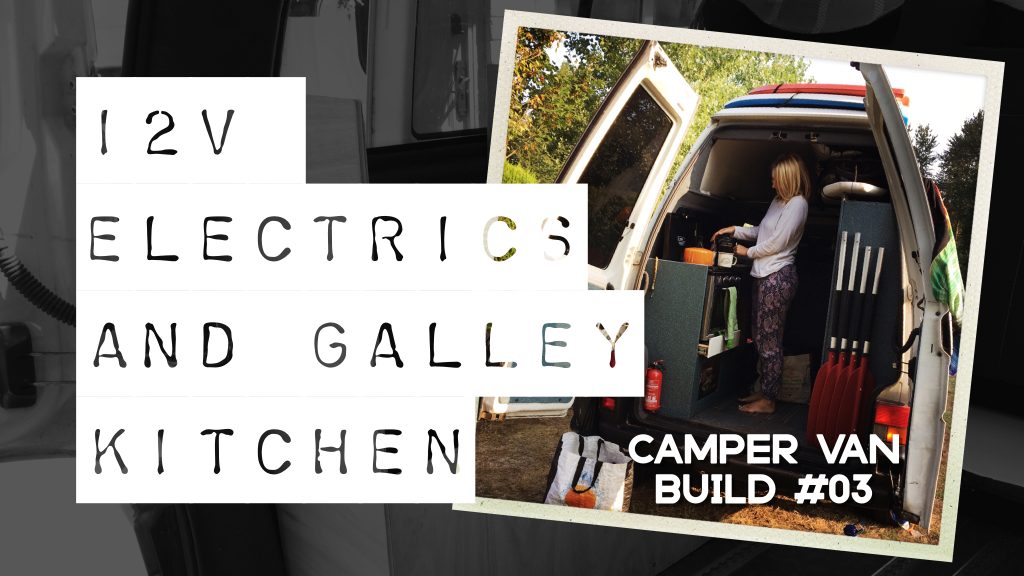PLUS stripping out the old interior!
Starting with an empty van is like having a blank canvas to paint on – visualising where everything will go is just the beginning of building your own campervan to suit your own needs.
We needed a five seat configuration so our teenagers could travel safely and in comfort on long roadtrips around the UK and Europe. We could not compromise on safety and wanted to sleep comfortably as well as make the most of the space we had.
We chose a full-width rock & roll bed with a unique design that optimised the layout – we could then have space for a kitchen, storage, fridge, toilet and various toys such as surfboards and inflatable kayaks.
Don\’t forget – hit like and subscribe on the YouTube channel!
Happy Days!
Thoughts on campervan layouts
Designing a campervan layout requires careful consideration of several factors to create a functional, comfortable, and efficient living space. The layout should suit your specific needs, travel style, and preferences. Here are some key campervan layout considerations:
- Purpose of Use:
- Determine how you plan to use your campervan. Will it be for weekend getaways, long-term travel, or full-time living? The intended use will influence the layout design.
- Number of Occupants:
- Consider the number of people who will be traveling with you. The layout should accommodate everyone comfortably, providing sleeping, seating, and dining space for all.
- Sleeping Arrangements:
- Decide on the sleeping configuration. Common options include fixed beds, fold-out beds, bunk beds, or a convertible seating area that transforms into a bed. Ensure the beds are comfortable and of adequate size.
- Dining Space:
- Plan a dining area for meals and relaxation. Options include a fixed dining table, a fold-out table, or a swivel seat arrangement that serves as a dining space.
- Kitchen Facilities:
- Consider the type of kitchen facilities you need. Include a sink, stove or cooktop, refrigerator, and storage for utensils and cookware. Make sure the kitchen area is convenient for meal preparation.
- Bathroom Requirements:
- Decide if you want a bathroom or toilet in your campervan. If space is limited, a portable toilet may be an option. Some campervans have wet rooms with showers, while others may not have a bathroom at all.
- Storage Solutions:
- Plan ample storage space for clothing, gear, and supplies. Utilize overhead cabinets, under-bed storage, drawers, and specialized storage solutions like hanging organizers and hooks.
- Comfort and Ergonomics:
- Prioritize comfort and ergonomics in your layout. Ensure seating and sleeping areas have proper cushioning and support. Pay attention to the height and placement of countertops and workspaces to minimize strain.
- Ventilation and Windows:
- Adequate ventilation is crucial to regulate temperature and prevent condensation. Consider roof vents, windows, and fans to enhance airflow and natural light.
- Electrical and Power Needs:
- Determine your electrical requirements, including lighting, charging ports, and appliances. Install a reliable electrical system with a power source, batteries, and inverters.
- Heating and Cooling:
- Plan for heating and cooling solutions based on your travel destinations and seasons. Options include propane heaters, electric heaters, and roof-mounted air conditioners.
- Insulation and Climate Control:
- Proper insulation is vital for maintaining a comfortable interior temperature. Insulate walls, floor, and ceiling to minimize heat loss in cold weather and heat gain in hot weather.
- Water and Plumbing:
- If your campervan includes a sink and water supply, plan the plumbing system with freshwater and wastewater tanks. Ensure proper drainage and winterization for cold climates.
- Entertainment and Connectivity:
- Consider entertainment and connectivity options such as a sound system, TV, Wi-Fi, and charging stations for electronic devices.
- Safety:
- Prioritize safety features, including fire extinguishers, smoke detectors, carbon monoxide detectors, and secure storage for hazardous materials.
- Exterior Features:
- Think about exterior features like awnings, bike racks, roof racks, and storage solutions for outdoor gear and equipment.
- Legal and Weight Considerations:
- Be aware of weight restrictions and legal requirements in your region. Ensure your campervan complies with safety and road regulations.
- Aesthetic and Personal Preferences:
- Consider the aesthetics and personal touches you want to incorporate into your campervan’s interior design. Customization can make your space feel more like home.
Remember that campervan layouts should be tailored to your unique needs and preferences. It’s often helpful to sketch out your design or use software tools to visualize the layout before making any modifications to your campervan. Additionally, consulting with experienced campervan builders or designers can provide valuable insights and guidance to create an optimal layout for your adventures.




